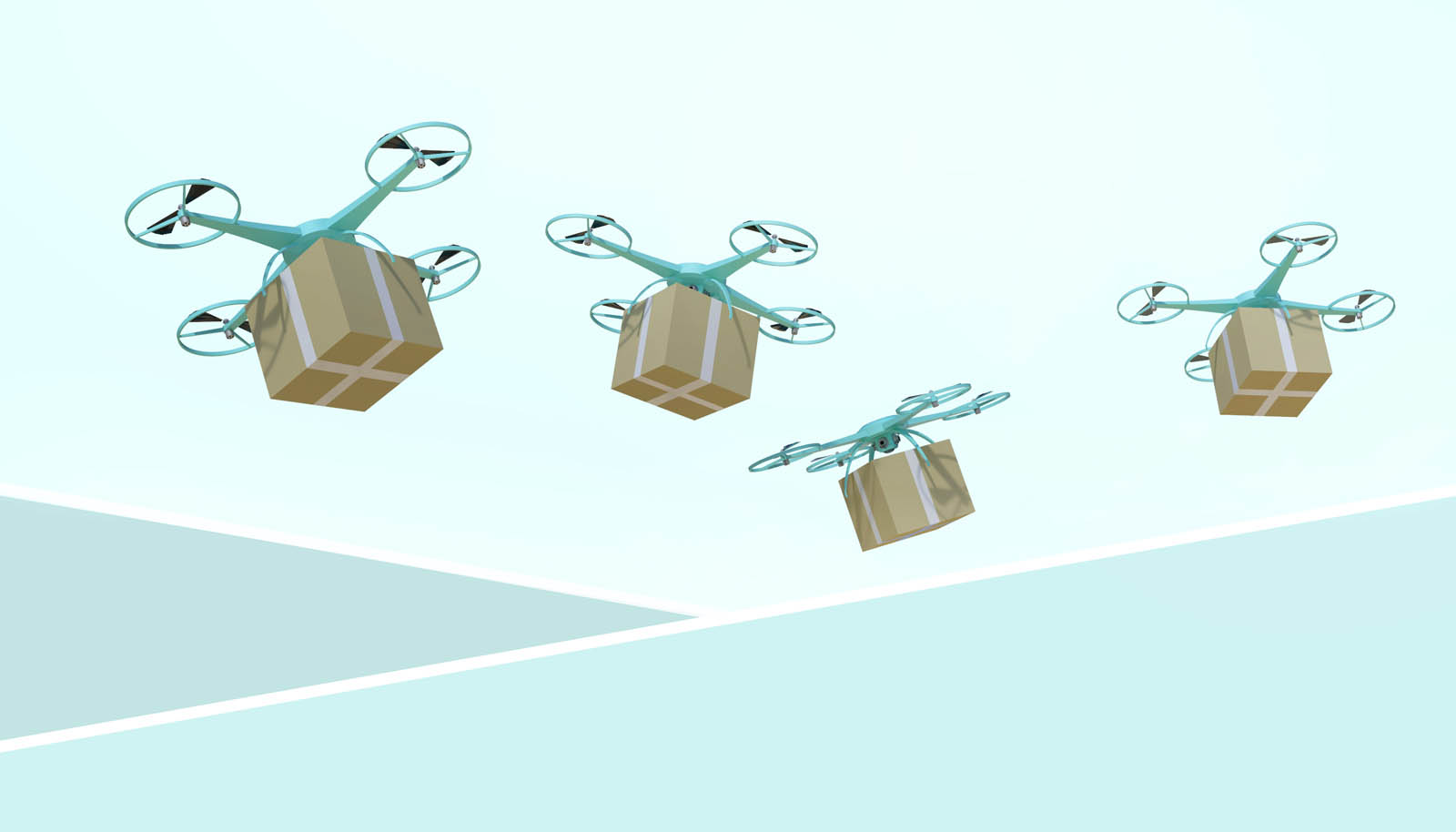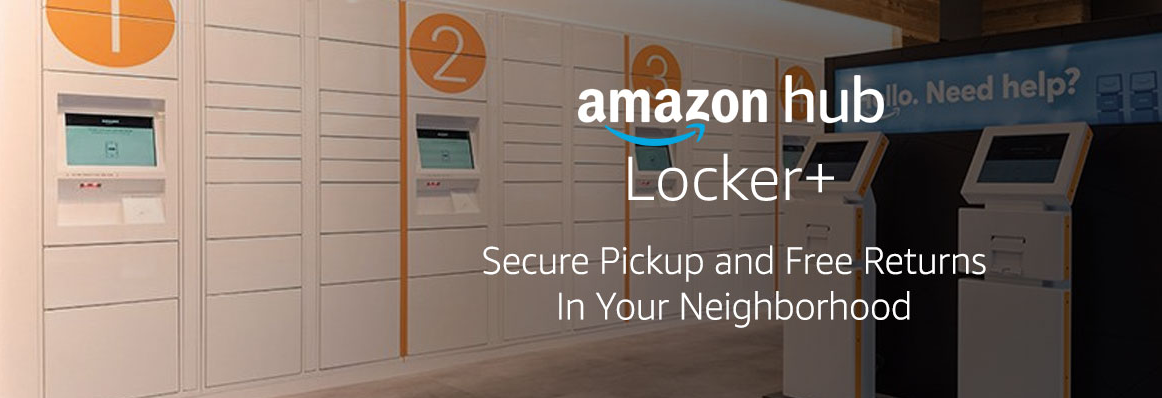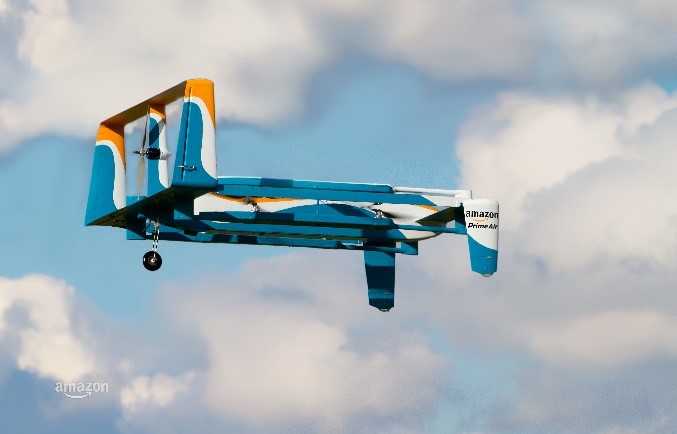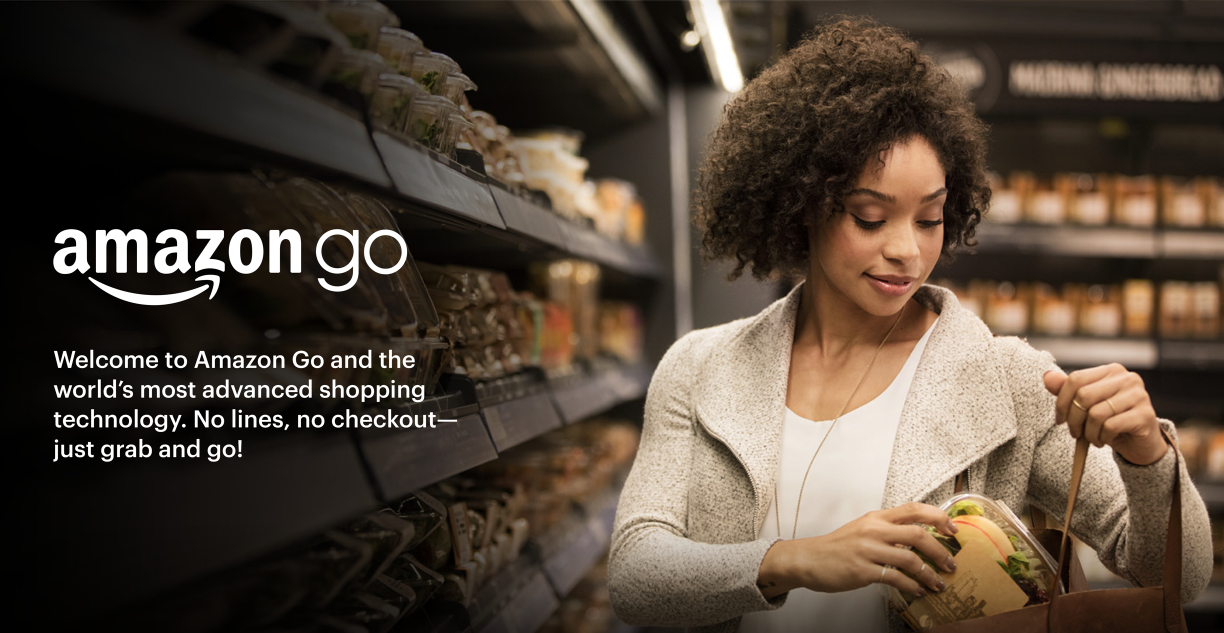
Ways Amazon has Transformed the Retail Landscape
Over the years, Amazon has expanded its business to many different facets. Not all have been successful as they’ve had some failures along the way (go here if you don’t believe us). However, others have succeeded and influenced other companies to reconsider the way they do business.
5 Ways Amazon Changed Retail
Here are just a few ways that Amazon has changed (or is working to change) the game as the world’s largest e-commerce marketplace:
- Online shopping (for everything). At first, it was just books. Then, it started expanding. Now, you can buy almost anything on Amazon. With the convenience of being able to shop at home, retailers have had to adapt to compete – whether it’s their own online shop, or a partnership (a la Kohl’s– which is just one way Amazon works to address customer pain points).
- Pick-up hubs. Another way to address pain points, Amazon Lockers give customers an easy way to get their order and not worry about package thefts. Some of these are stand-alone locations; others are in stores – like Whole Foods, which also helps with retail foot traffic. Now, Nordstrom and Walmart are doing something similar.

Copyright: Amazon - eBooks. Historically, Apple typically was the first to succeed with new tech – not this time. Though not the very first eReader, Amazon had the first big success with the Kindle – which also happens to align with its legacy as a bookseller. When Apple came out with its iPad, an eReader was part of it – but Kindle certainly paved the way for digital books.
- Quick shipping. Amazon charges for a subscription to Amazon Prime, which provides customers with free two-day shipping on millions of items (along with other benefits). While the subscription customers pay means the shipping isn’t totally “free,” it has led to consumers expecting that shipping (from any retailer) should be quick (and cheap, if not free). Others have tried to compete with a subscription service, such as ShopRunner’s $79 per year service. However, with ShopRunner, there’s a catch to free two-day shipping: the minimum order is $25. However, Amazon doesn’t stop at free two-day shipping – with Amazon Now in select cities (free delivery in a matter of hours) and Prime Air, which would be even faster than Amazon Now (delivery in 30 minutes or less via drones).

Copyright: Amazon - Amazon Go stores. Still TBD on their impact at this point (the first one didn’t open to the public until early 2018), but this could be one more shift in retail. Restaurants are already doing something similar – which we blogged about last year – but could this model be expanding to retail? While not exactly the same, Apple employs a “self-service” aspect in its stores – customers can simply scan an item and use Apple Pay to buy it – no need to interact with employees.

Amazon is at the forefront of understanding shoppers and their pain points, as well as their delighters and we’re sure that they are not done innovating. Retailers need to stay ahead of the curve and truly understand shopping trends, with a focus on understanding and innovating around shoppers’ wants, needs, and desires. This is the only way they will be able to stay competitive with Amazon.
explore featured
Case studies
